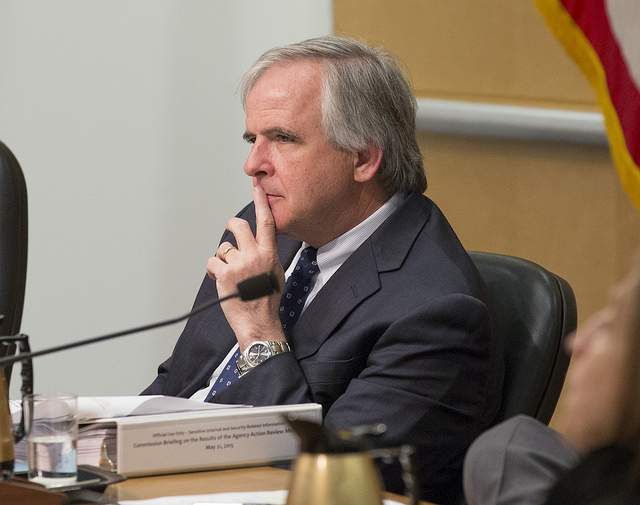Yesterday, UCS sent a letter to Nuclear Regulatory Commission (NRC) chairman Stephen Burns urging the NRC to quickly issue new versions of two outdated security documents that play a critical role in defining how nuclear plants can be adequately protected against terrorist attacks.

NRC Chair Burns (Source: NRC)
The NRC requires nuclear power plants to be protected against radiological sabotage. The design basis threat, or DBT, specifies the characteristics of the attackers that a nuclear plant’s security plan must be designed to protect against (e.g., how many attackers and what sort of equipment they may have). The DBT includes both physical attacks and cyber attacks, and specifies that the attackers can include both outsiders and insiders.
In addition, the 2005 Energy Policy Act requires that every three years the NRC must stage mock attacks (known as “force-on-force” exercises) at each nuclear power plant to demonstrate that plant security forces can protect against the DBT.
As is the case for many of its other regulations, the NRC issues documents that provide guidance to nuclear reactor owners on acceptable means for meeting these security requirements. The NRC periodically reviews these guidance documents and updates them when appropriate. However, the NRC is taking far longer than usual to revise two important security guidance documents, which have not been updated since 2007 and 2009.
Why?
Because the nuclear industry is blocking the way. As I note in the letter, “finalizing the revisions has been unnecessarily delayed due to extensive, persistent and … unreasonable objections raised by the Nuclear Energy Institute (NEI) and the power reactor licensees to the changes proposed by the NRC staff.”
